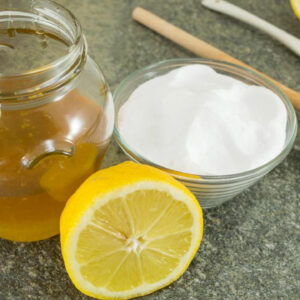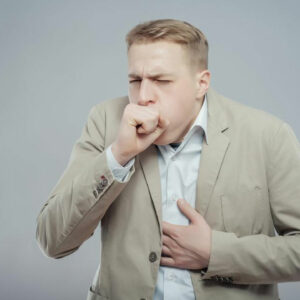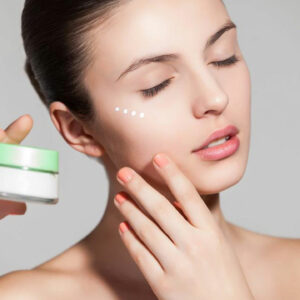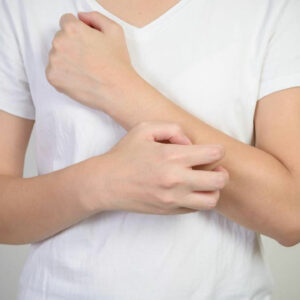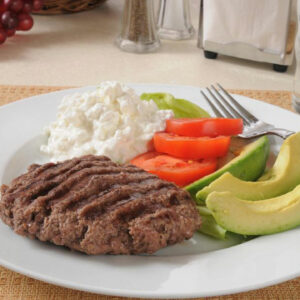
01
Here’s How You Can Deal with Type 2 Diabetes
You can find so many people talking about type 2 diabetes medications. Diabetes, especially type 2 diabetes, has nowadays become a common health problem, and it can always be described a lifestyle disease. If you cannot effectively manage type 2 diabetes, you will be putting your life in serious danger. Managing type 2 diabetes involves eating healthy, proper exercise, diabetes medication, or insulin therapy if required and timely blood sugar monitoring. These steps allow you to maintain your blood sugar levels, and this helps in delaying or preventing diabetes-related health complications. What does it mean by eating healthy? Many people think that healthy eating means following a diet meant for diabetic patients. Healthy eating means following a diet that is rich in fiber and low in fat. If you have diabetes, depending on fruits, vegetables, and whole grains becomes a good option. The intake of meat, dairy products, sweets, and refined carbohydrates should be reduced as a method to control type 2 diabetes. Think about low glycemic index foods Low glycemic index foods are always beneficial if you suffering from diabetes. The glycemic index can be described as a measure of the speed at which a food leads to a rise in your blood sugar. High glycemic index foods increase your blood sugar immediately. However, low glycemic index foods balance the blood sugar levels and most fiber-rich foods have a low glycemic index. Seek the help of a dietitian An experienced dietician can help you develop a good meal plan for maintaining your health. He/she will show you ways to control the intake of carbohydrates, and you can come to know how much carbohydrates you must consume with your snacks and meals for keeping your blood sugar levels in control. Get engaged in physical activity If you have type 2 diabetes, you have to exercise regularly and aerobic exercise is the best option.
Read More 
